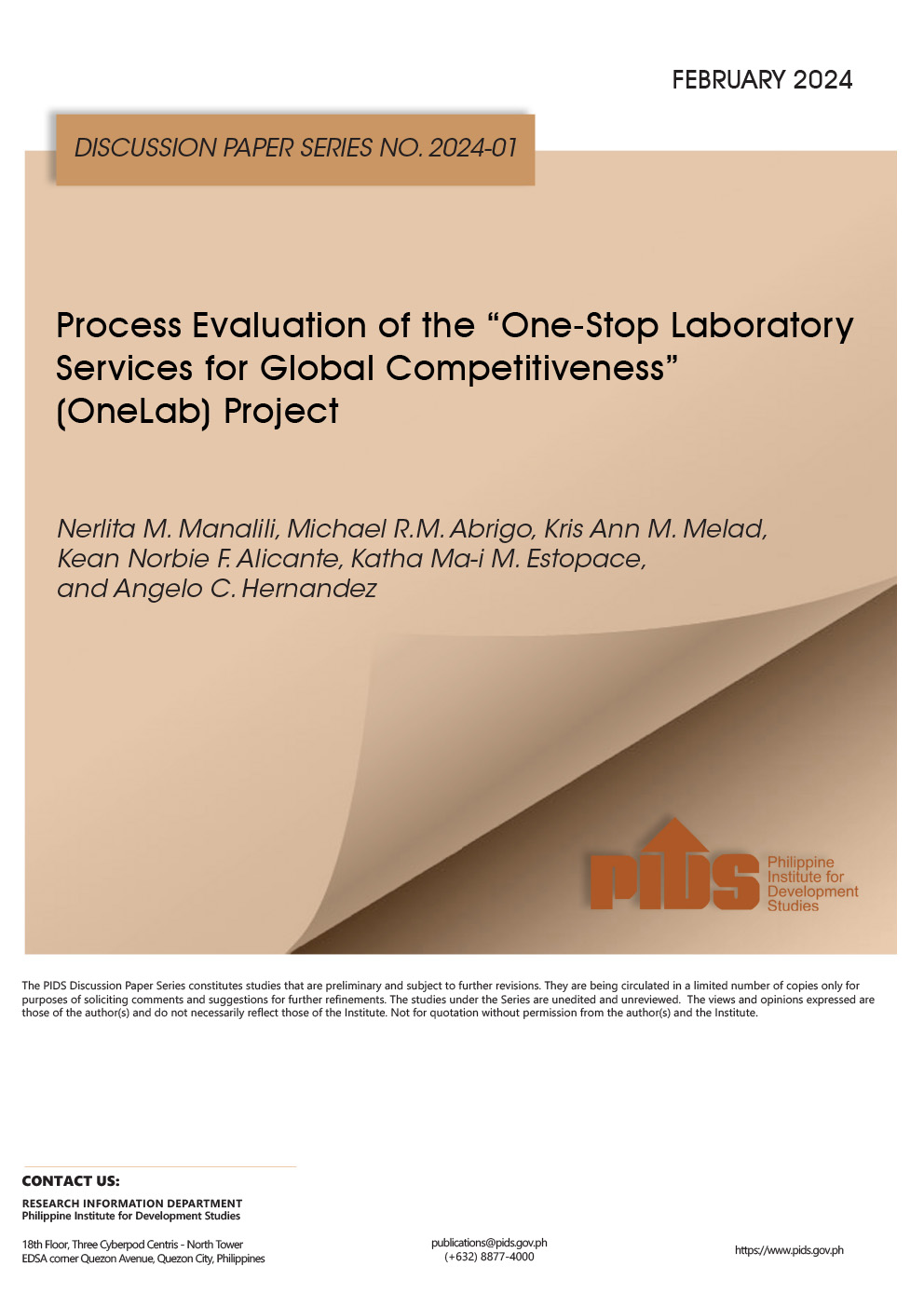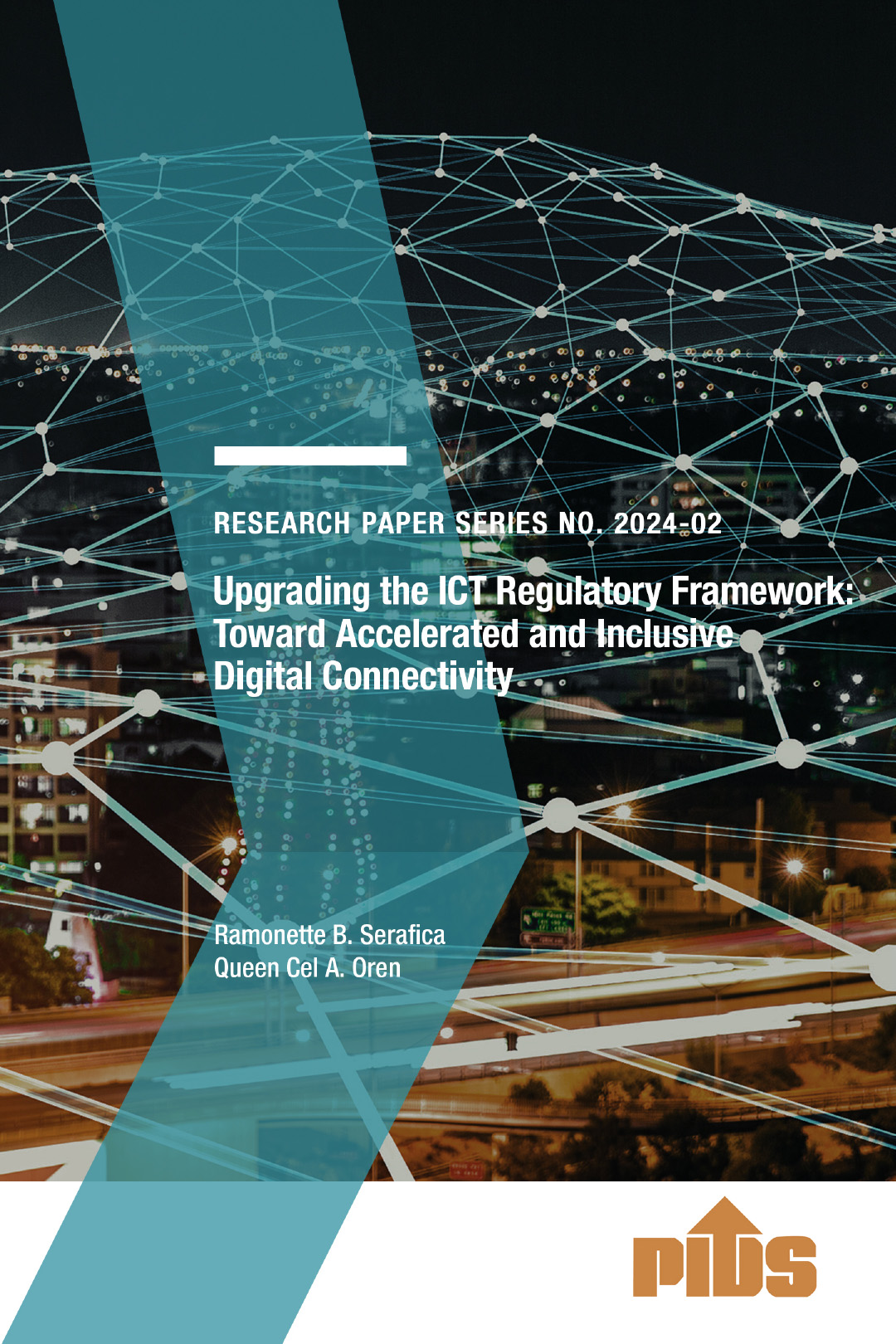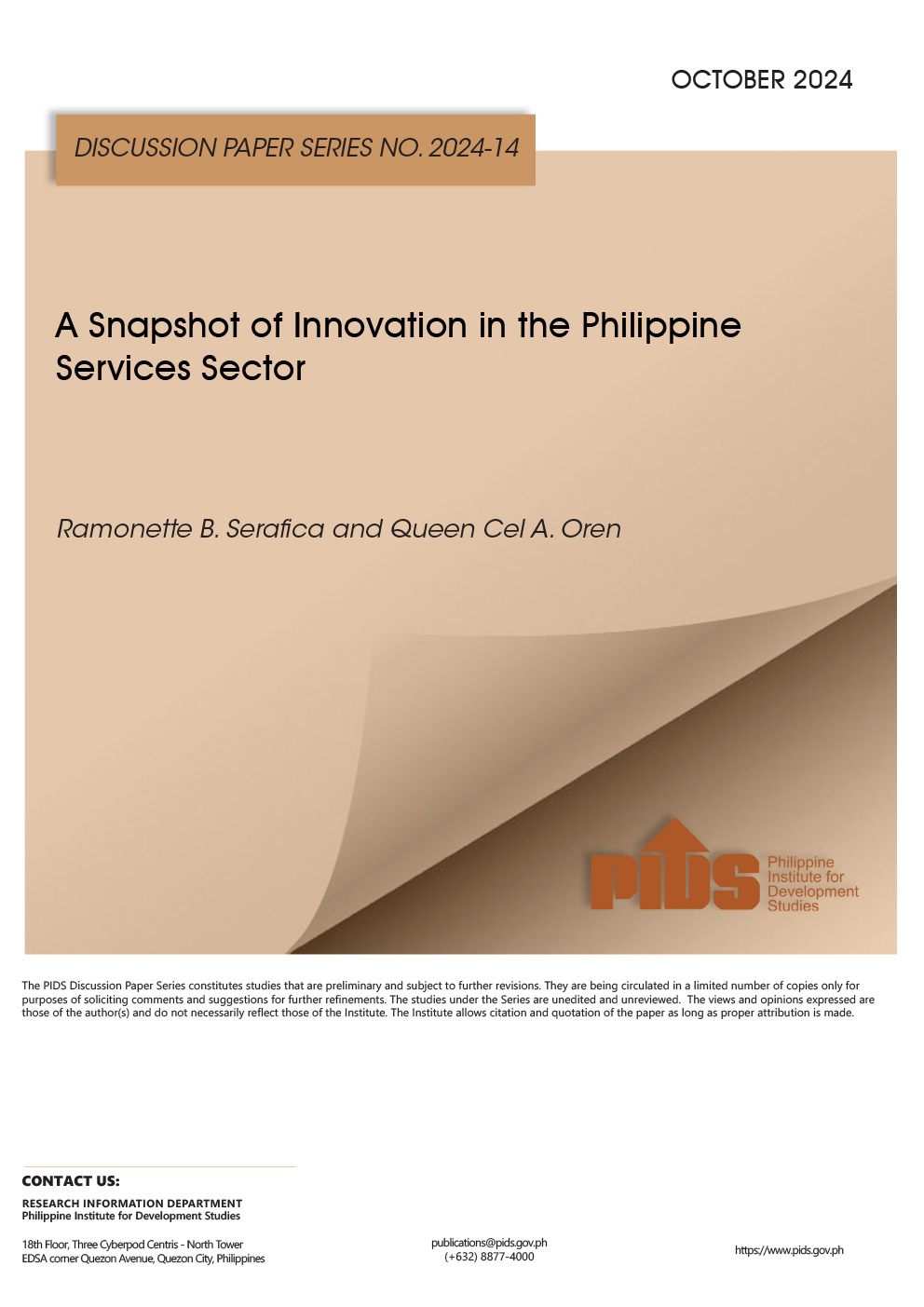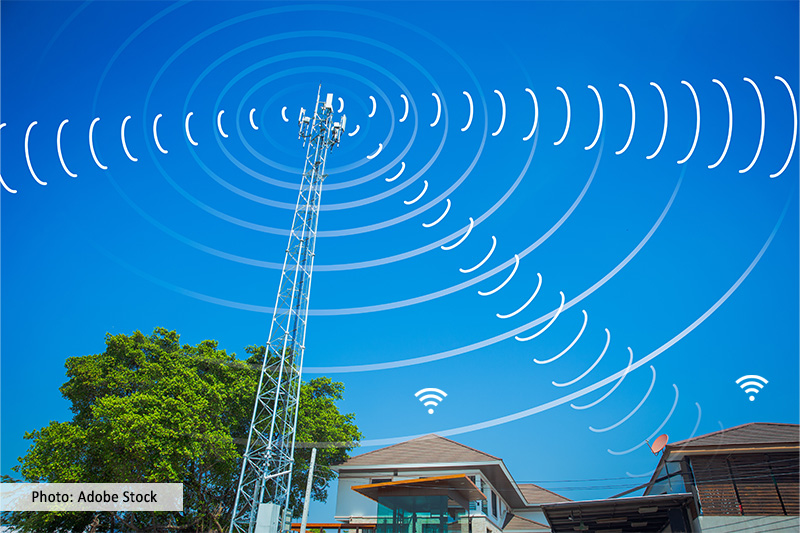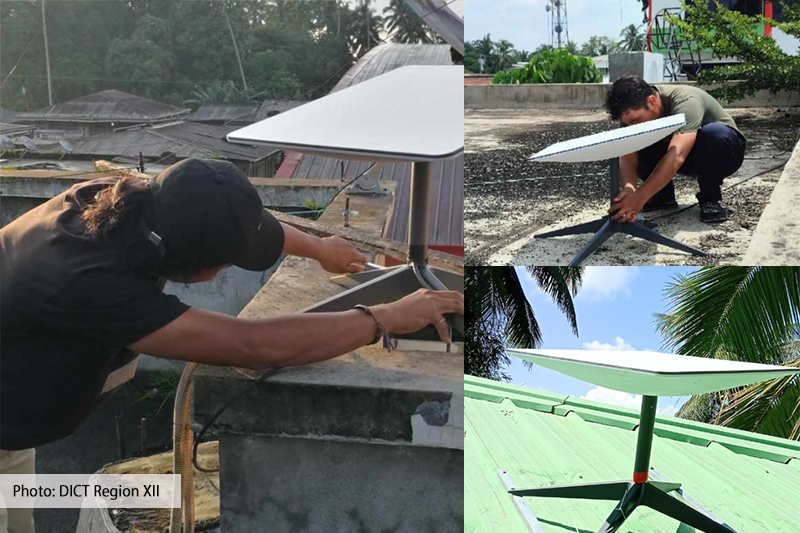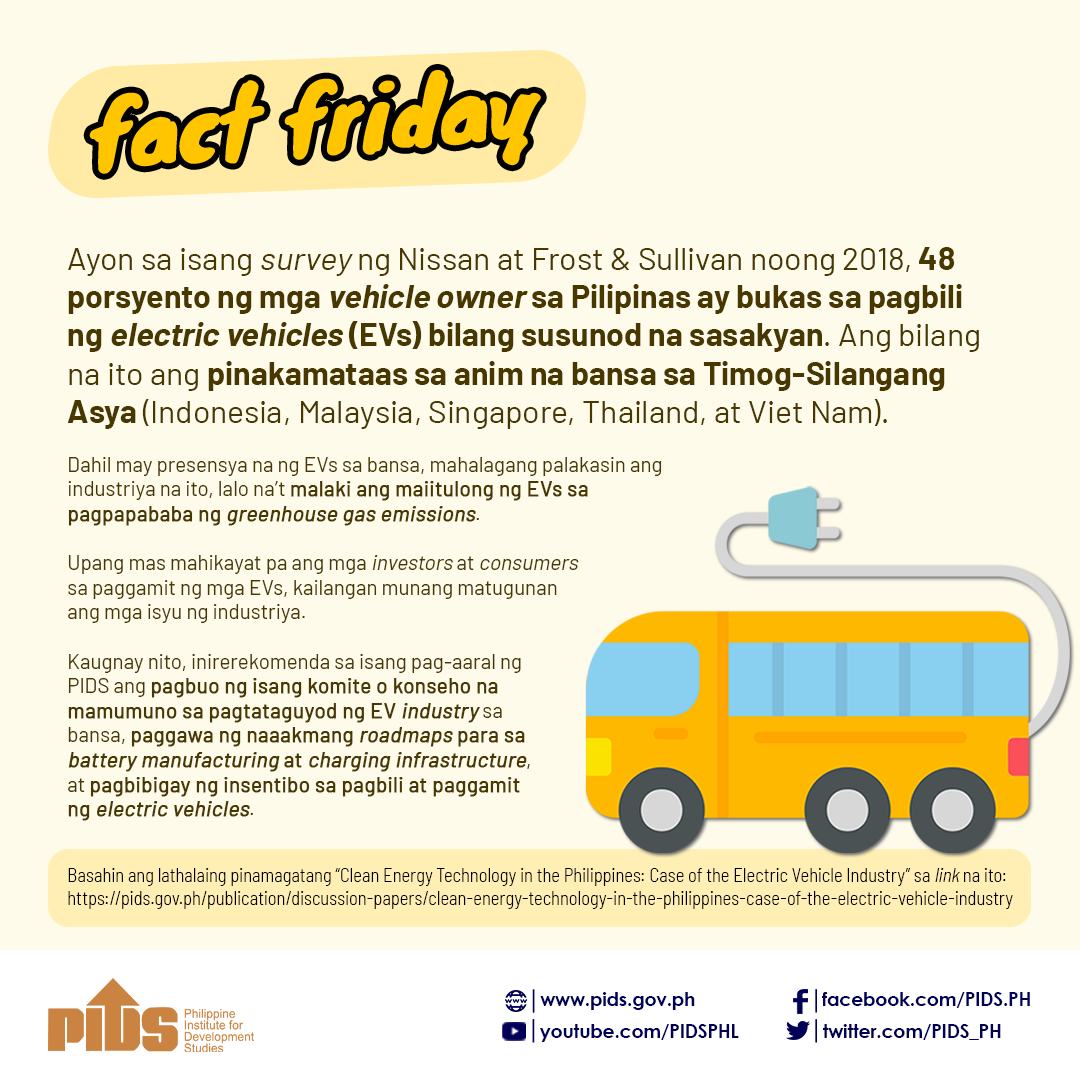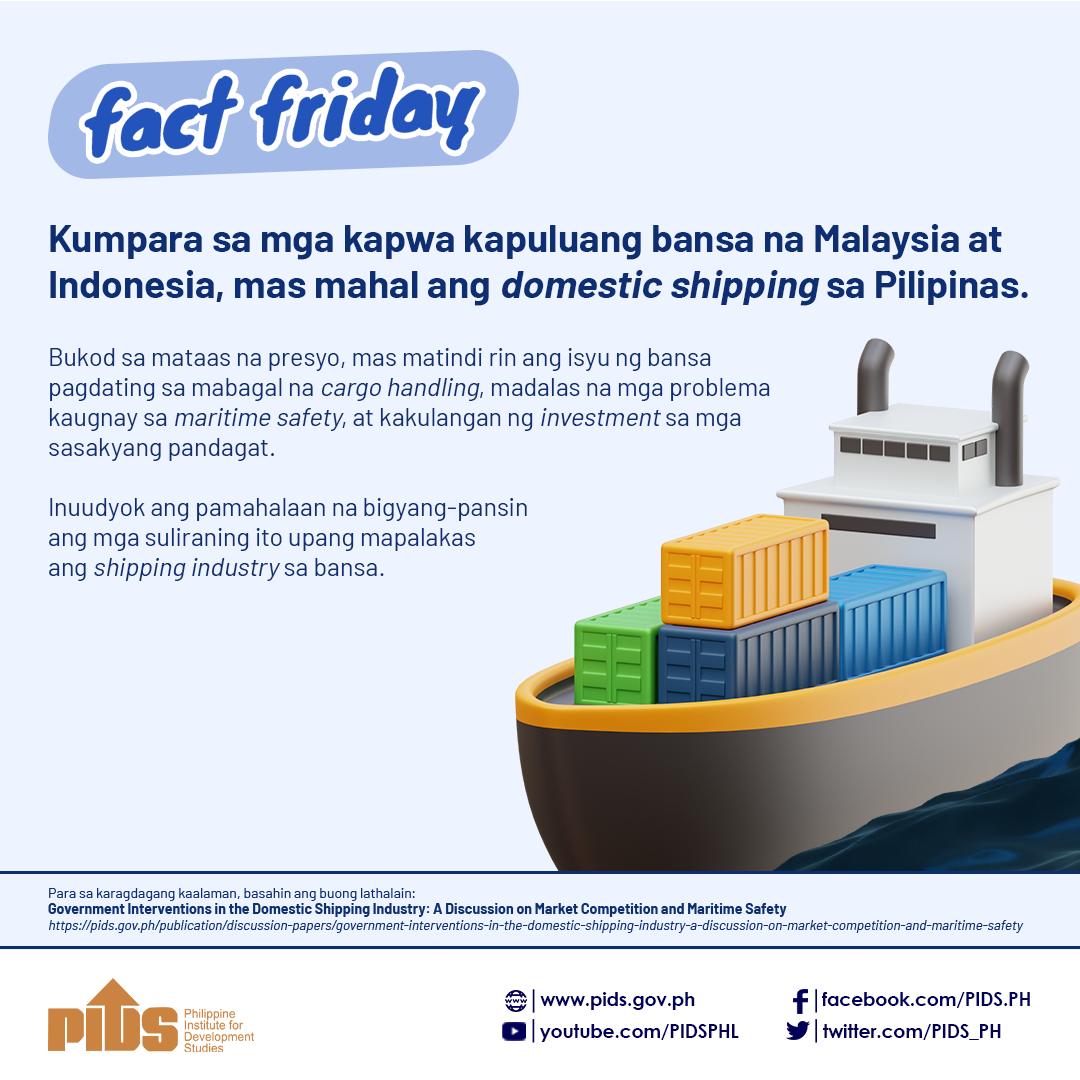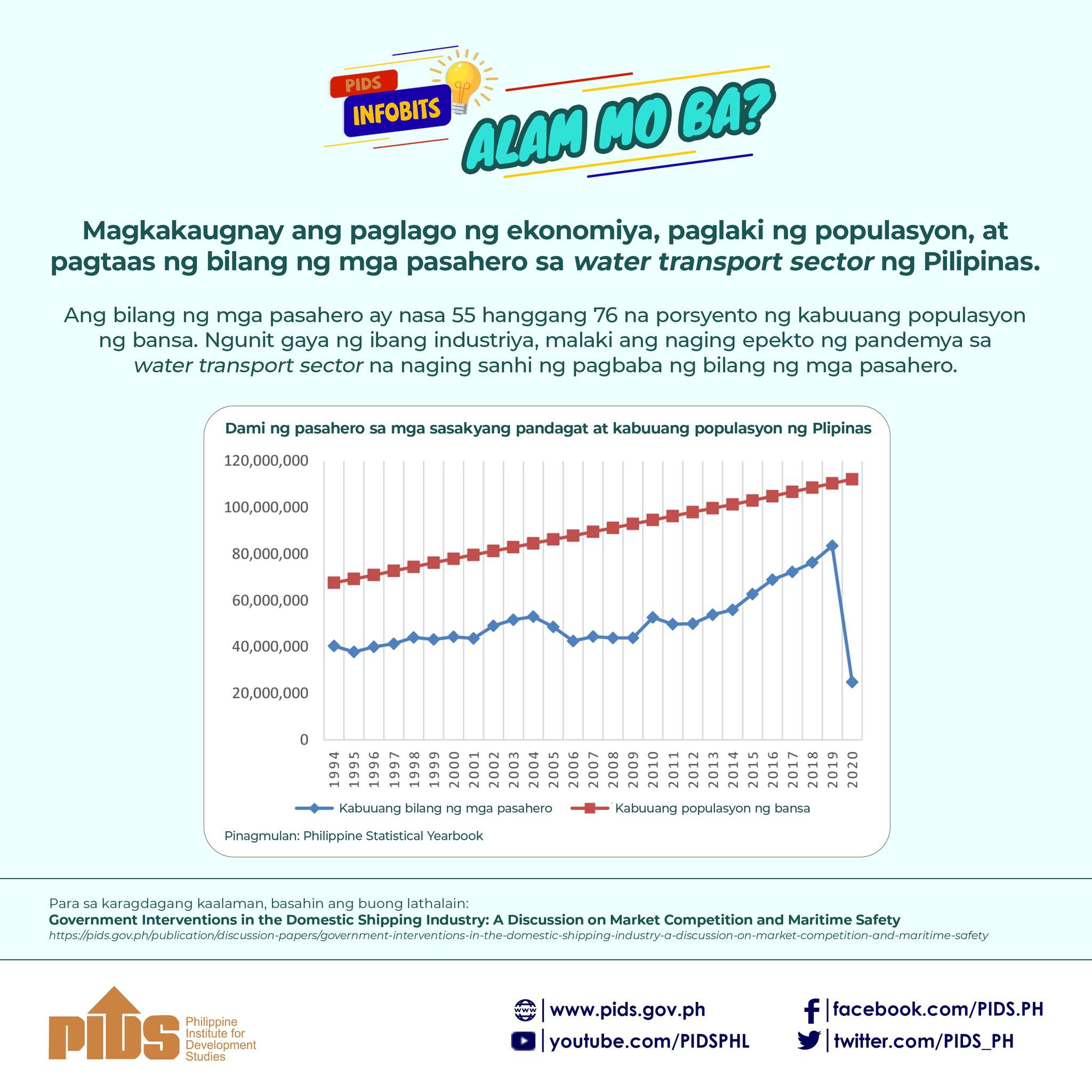THE advent of the Fourth Industrial Revolution (4ID) or Industry 4.0 has raised questions about the country's readiness to deal with technologies of the future.
Industry 4.0 means a techno-industrial world where workers have to adapt via upskilling and reskilling. The Department of Labor and Employment (DoLE) said that under the current context, Industry 4.0 would be alien to many.
"The dawning of the Fourth Industrial Revolution is a call for action ... This is because, in its full flowering, this technical revolution will greatly benefit societies. But first it will require that societies adapt to it or get left behind," Labor Secretary Bienvenido Laguesma said.
Preparing for tomorrow's technological world is a priority of the Marcos administration, he added. Its impact is expected to be so great that the Labor department is just one of the many agencies working together to prepare for its arrival.
The Associated Labor Unions-Trade Union Congress of the Philippines, the country's biggest labor federation, has expressed alarm over the prospect of millions of workers losing jobs due to rapid 4ID advances. The Department of Trade and Industry has said that around 6 million agricultural workers, 3.4 million in retail and 2.4 million in manufacturing could be out of work by 2024 because of the transition to automation and artificial intelligence (AI).
The Philippine Institute for Development Studies (PIDS), the government's primary socioeconomic think tank, said that while there was no universally agreed definition of frontier technologies that are part of the 4ID, those that have been most commonly identified as frontier include AI, robotics, 3D printing and the Internet of Things.
These, the PIDS added, can result in unemployment, increased inequality, erosion of personal privacy and the weaponization of technology. It also cited an International Labor Organization study that suggested that Philippine workers at high risk of "becoming obsolete" were fishery laborers, waiters, carpenters and office cleaners whose jobs involve repetitive tasks.
Around 89 percent of salaried workers in the business process outsourcing (BPO) sector also fall into this category since many BPO companies have begun to increasingly use chat bots and AI to replace person-to-person customer interfaces.
On the other hand, technological advances also create new jobs such as Grab and Angkas drivers, Airbnb hosts, social media influencers, and even paid online trolls, the PIDS noted. But it pointed out that the new jobs were different from those being displaced and required workers to learn new and future skills.
The PIDS identified 10 jobs that AI is expected to ultimately replace: telemarketers, bookkeeping clerks, compensation and benefits managers, receptionists, couriers, retail salespeople, proofreaders, computer support specialists, market research analysts and advertising salespeople. Jobs that are safe for now are HR managers, sales managers, marketing managers, public relations managers, chief executives, event planners, writers, software developers, editors and graphic designers.
"While we cannot name all the new jobs in the next five to 10 years ... we have a sense of what they will be like and what we must do to reskill the current workforce, and to future proof our future workforce," it said, adding that all workers should be trainable, creative and adaptable given emerging labor market changes.
"We have to get out of the mindset that we can leapfrog in technological advancement. Innovation does not happen overnight and requires especially human resource investments for people to get into science, technology, engineering and mathematics careers, especially science and research," the PIDS stressed.
To address job displacements, the DoLE said the government had its Inclusive Innovation Industrial Strategy Framework, a "whole of government" approach in creating and strengthening globally innovative industries.
The department plays a key role in this program, as well as the Department of Education (DepEd) and the Commission for Higher Education (CHEd.) Adaptation starts in schooling and training, preparing children for a technologically transformed world. The DepEd, through its K to 12 program, and the CHEd have upgraded their curricula to help transition the youth.
On the matter of training, the DoLE is tasked with strengthening human resource development in the country. With its attached agencies, the department has initiated programs that teach workers 21st century skills. These include the Government Internship Program, the Special Program for the Employment of Students, and JobStart Philippines.
The DoLE said that preparation for the 4ID was a universal concern, and that the government's education and training approach was aligned with global standards. This is done through the Philippine Qualifications Framework, a national system based on global norms. The DoLE and the Technical Education and Skills Development Authority, DepEd and CHEd are among the coordinating agencies.
The DoLE is also implementing the Career Guidance Advocacy program through which the job market information is cascaded down to career guidance advocates and students. It also has the Labor Market Signals that identify emerging industries and new job trends. Part of this is the JobsFit Labor Market Information Report 2022.
The department has also its Talent Map Initiative, described as vital in aligning the workforce toward 21st century skills. It has confirmed the top competencies of Filipino workers, which are English functional skills, math functional skills, workplace ethics, multitasking, and English comprehension.
"We continue to sustain and improve the rescaling and upscaling programs to further prepare the workers for the future. Filipinos have always shown the ability to adapt to changed and changing work," the DoLE said.

